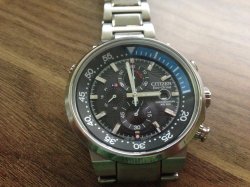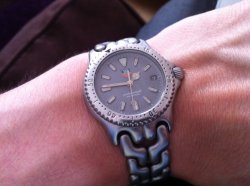Unfortunately Breguet's theories about the effects of gravity may not have a great deal of merit to them and the truth of the matter is that a decent chronometer will perform the same (if not better) as a tourbillon in terms of accuracy.
The fact that the most accurate watches in these competitions have tourbillons in them is, no doubt, also down to the fact that the watches themselves are built to very high standards and tolerances.
Tourbillons have, for a long time now, been regarded as a symbol of craftsmanship and luxury, as they are so complicated to make and beautiful to look at. They have been marketed as something that only high end watch manufacturers can produce and that was the case for a long time until Chinese manufacturers began to produce their own.
The Chinese variants may not be as accurate as the likes of AP/PP/etc. but that is more likely down to the overall quality of the watch itself and not due to the fact that the tourbillon is in any way functionally different (they aren't). In much the same way that a £50 Seiko 5 may not be as accurate as a £5,500 Rolex Datejust. They both use an automatic movement, which is basically the same design, but one is mass produced for cost and the other is a Seiko

(kidding). I have an Orient Bambino watch that has an in-house Japanese automatic movement and it keeps time to within +/-3secs a day. That's within COSC standards and yet it only cost me £150, how is that functionally different to an in-house Swiss watch that costs £10K?
Here are some links that you might find interesting regarding Tourbillons, which also have some information about the influx of Chinese versions.
Rinky dink link 1
Rinky dink link 2
Rinky dink link 3
----------
I love those Nomos watches. I will have a Tangente one day!










